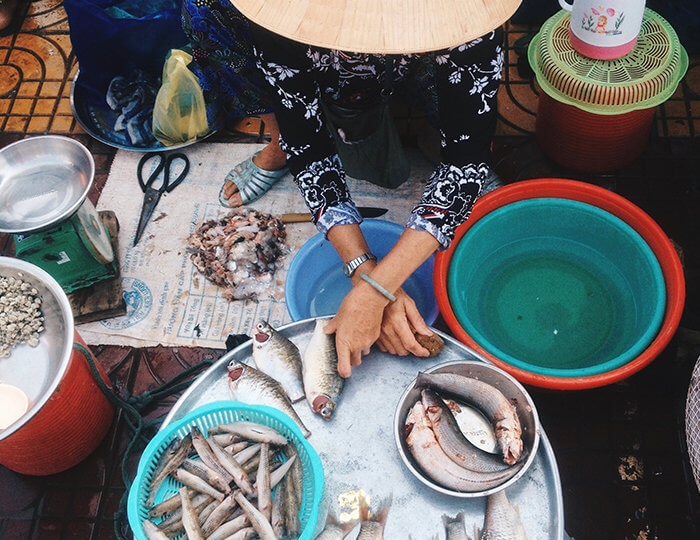NEWS • 2020-05-28
Three things needed to curb microbial resistance
Three areas need to be prioritised in food and health systems in order to reduce the dependence on antibiotics and pesticides and curb resistance, according to a new study. We have to change our norms and perceptions around use, diversify food production and health practises, and support collective action institutions.

IStock Photo
Like pandemics, resistance to antibiotics and pesticides knows no boundaries. Unsustainable practices in food and health have been intensifying in an arms race with resistant bacteria, insects and plants, a classic case of coevolution between human social systems and the environment. This microbial resistance poses a serious threat to our food and health systems. Antibiotic resistance is associated with hundreds of thousands of deaths per year, and insecticide and herbicide resistance is a potential threat to food, fuel, and fibre security that also entails economic losses for farmers and health risks from exposure to increasing pesticide use.
Co-evolution between humans and the environment
In an article published in Trends in Ecology & Evolution, the author team, including three Beijer Institute co-authors, identify global trends in the evolution of antibiotic and pesticide resistance and in system connectivity. The study was led by Peter Søgaard Jørgensen, affiliated with Global Dynamics and the Biosphere (GEDB) and Stockholm Resilience Centre, and it introduces the concept of ‘coevolutionary governance,’. This differs from other forms of governance by to a larger extent recognise, anticipate, and explicitly analyse the dynamics of human-environment coevolution.
Based on their coevolutionary governance analysis they identify three priorities needed in food and health systems in order to reduce the dependence of biocides:
Change in norms and perceptions: feedback and influence from peers and authorities can substantially reduce antibiotic prescribing and use.
Diversify practices: with the focus often being on new technologies, there is a risk of forgetting successful practices of the past. For example, the origin of the important antimalarial drug artemisinin in Chinese traditional medicine demonstrates the value of historical uses for expanding the repertoire of current medicines.
Institutions to support collective action, trust and governance: there is increasing evidence that trust, participation, coordination and regulation are important for effective resistance management
Many solutions are basic ones and ought to be pursued right away, Peter Søgaard Jørgensen argue:
“In human health, improved basic hygiene and sanitation go a long way toward reducing bacterial infections and thus the need for antibiotics. We need to balance the focus on long term drug innovation efforts with improvements of sanitation and hygiene, right here, right now.”
Large-scale coordination necessary
But no efforts will make much of a difference if they are not coordinated with the neighbouring farmer or neighbouring countries. For pesticide resistance, agricultural pest management must shift from individual, farm-by-farm approaches to more cohesive and better governed initiatives. This includes a large-scale training of millions of smallholder farmers, which has already been tried and proven successful in for example China.
NEWS



